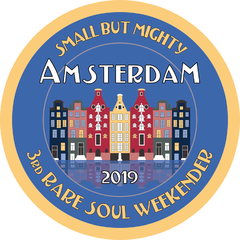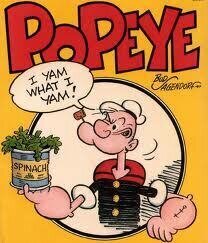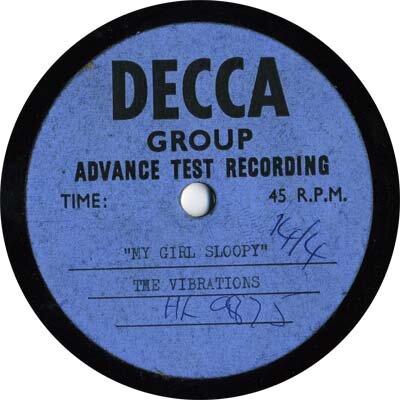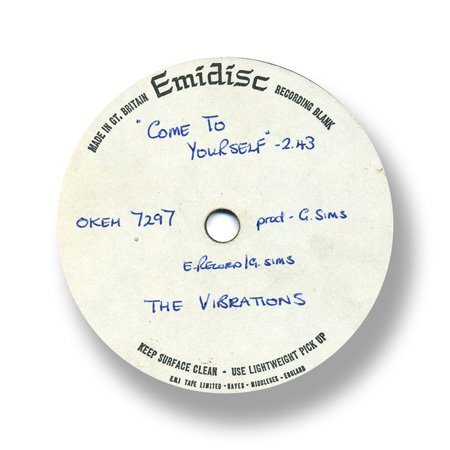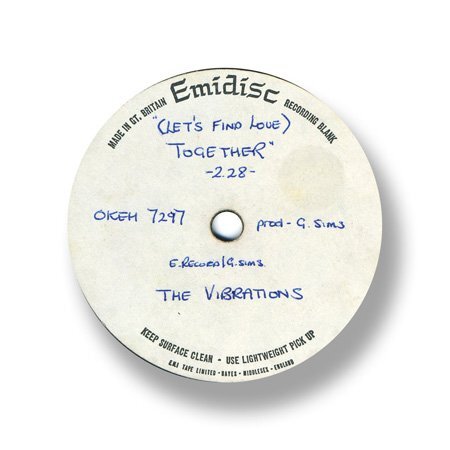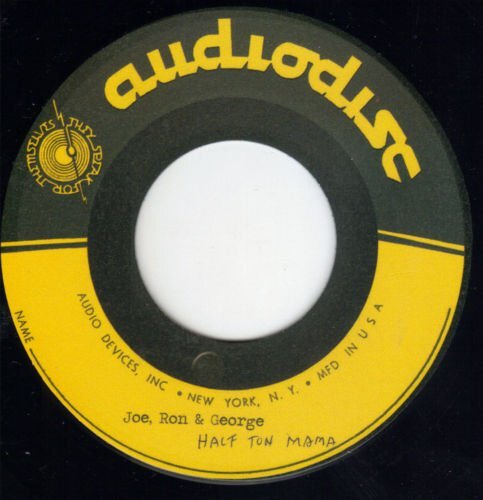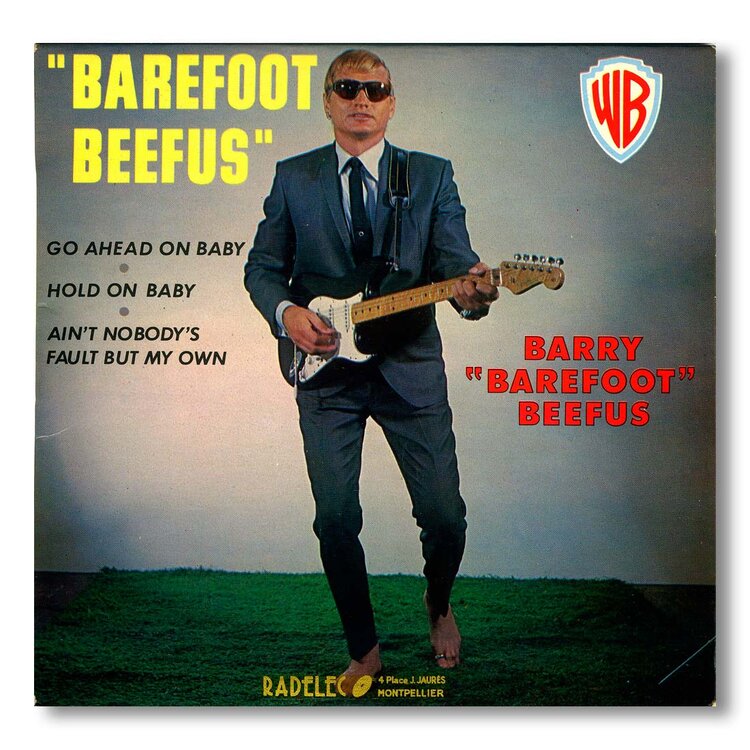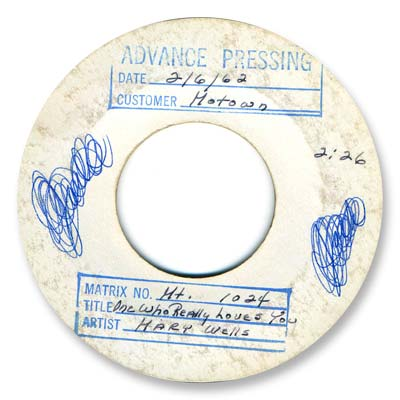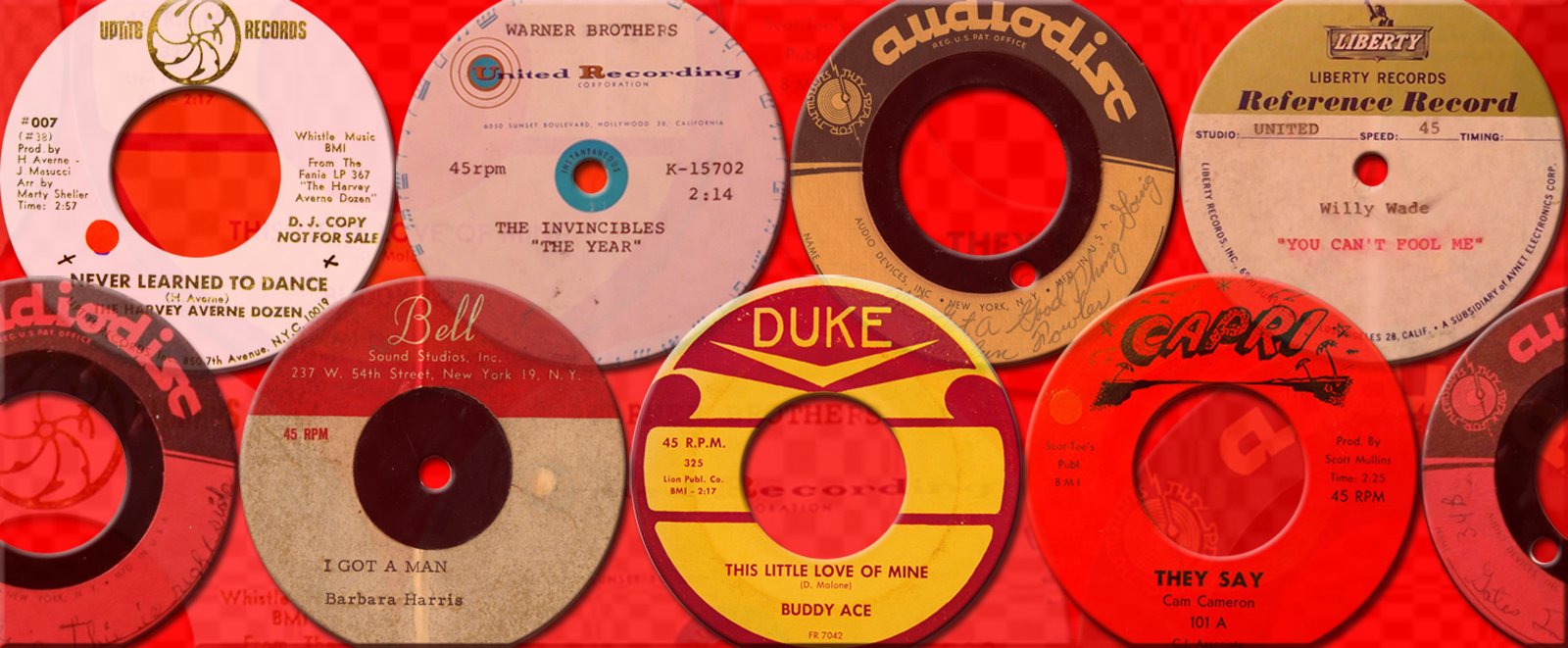
Everything posted by Amsterdam Russ
-
Tetragrammaton Label - I Didn't Know That
Talk about taking the name of the 'Lord' in vain! In just a few short skips we go from 'He who must not be mentioned' to Popeye (my fault admittedly) and then plummet headlong into a vat of yams, olives, bread and prunes (oh, and a fox and a goose)! Bet you're glad you started this one now, Pete!
-
Tetragrammaton Label - I Didn't Know That
Having read a couple of books about the supposed Bible Code some years ago, I'm happy to smugly admit I knew that. According to Jewish lore, the letters actually mean "I will be" and/or "I am that I am". Interestingly, one of Popeye's catchphrases was "I yam what I yam". His creators were Jewish and I've wondered before now if the words they chose to put in Popeye's mouth were chosen knowingly...
-
The Vibrations - (Artist Of The Week)
Great tune - "Come to yourself" Not quite sure what to make of the Emidisc. To the best of my knowledge this wasn't released as a UK 45 (or was it?). Maybe though, someone went to the trouble of having this carved for home/dj use when Emidiscs were commonly used for such purposes. The sound quality on both sides is as loud and clear as the US release, which is easy find and so hardly worth carving.
-
What Do We Make Of This Then...timothy Carr Acetate
Using Photoshop to play around with labels scans, you soon realise that quite often they are not perfectly circular. So, I wouldn't necessarily take their lack of perfect form as an indication of authenticity or not.
-
Bin The Talc For Once And For All
Can't recall the last time I saw a dancer use talc who did anything but shuffle about in the same way as everyone else who wasn't using the stuff. Possibly some talc addiction counselling would be in order for those so dependent on this evil white powder...
-
Bird Walking - 2Nd Issues . Info Help
You'll be wanting to have a read of this recent thread on exactly this subject...
-
Now Available Bootlegged/repro - Audiodisc Acetates
It wasn't the fact that music outside of the narrow walls of the 'Northern Soul' scene is also being bootlegged that I was commenting on - obviously it goes on in all spheres and genres. What I found particularly interesting is that in this instance what has been reproduced is an audiodisc brand of acetate. Regardless of the 'scene' the music on the disc comes from, I've never seen a bootleg/look-a-like of an audiodisc before. When bootleggers put out unreleased material for their own gain, they usually do so on a made-up or contrived label name - or go to the other extreme and make it look as if it's on a known label. Actually copying the audiodisc design seems somewhat unique to me and actually rather clever. Anyone seen others like this?
-
Now Available Bootlegged/repro - Audiodisc Acetates
-
Now Available Bootlegged/repro - Audiodisc Acetates
Taking bootlegging/counterfeiting/look-a-likes to a new level - reproduction audiodisc acetates! https://www.ebay.co.uk/itm/ws/eBayISAPI.dll?ViewItem&item=380384509229&ssPageName=ADME:B:SS:GB:1123 Maybe these are commonplace, but can't say that I've ever seen one before!
-
What Was The Last Bit Of Vinyl In Your Hand ?
No, it was from a guy in the States who subsequently claimed that he didn't sell outside of the country (yet I was allowed to bid on it), and who insisted that the 45 was a prime example of a VG+. After much resistance on the seller's part, they've backed down and offered a full refund. The disc is on its way back via registered post. No cheering from me, however, until the money has been returned!
-
Dancing In London, Young Girl
I dunno, Rob Messer dancing on top of a mountain in Peru and singing "Ain't no mountain high enough" has something unusual about it...
-
Do You Think People Go Out Of Thier Way To Buy Records That Have Similar Sounding Names To Themselves?
My name's Des O'Connor and I don't buy records.
-
The Blues - Pbs
Also available as a box set from your local Amazon/eBay, etc... (^^^ Ah, beaten to it ^^^) Must admit, I found them to be rather mediocre. There are some much better tellings of the story of the blues to be had out there. The four part series, America Roots Music, which was made in conjunction with the Library of Congress and the Smithsonian Institute, is far and away the best documentary on the subject of 'the blues', its origin and development, that I've seen to date.
-
Are Dj's Born Or Made
It wasn't Churchill, although he may have borrowed the phrase - and it would sound good coming from him. The original quote apparently came out of the mouth of Abraham Lincoln, and he was supposed to have said: "You can fool some of the people all of the time, and all of the people some of the time, but you cannot fool all of the people all of the time." Not only is that the same for DJ's, but it's also the same for life.
-
Isaac Bolden
And there I was searching through Google for some information, late at night, on the songwriter to the latest 45 to drop through the post box: "I need, I need you love" by the Philharmonics - and where does it take me? Straight to this post from a few months ago. Sometimes my musical ignorance shames me.
-
Giving Records As Kind Gifts
A seller on eBay recently apologies for the delay in sending out a 45. As recompense, they included another 45 from the same label completely free of charge. An unexpected and generous gesture very much appreciated on my part.
-
White Cardboard Sleeves...best Deal
I was just checking my browser bookmarks to give you a link to a company I've found to be the cheapest - and I see you've already been given it. Can't get white card sleeves here in the Netherlands, so have to have then sent over from the UK. Sounds Wholesale offers by far and away the best price per sleeve when you include overseas postal charges - and they send orders out very quickly.
-
What Was The Last Bit Of Vinyl In Your Hand ?
The last 45 in my hand - yesterday - was a scruffy, scratched, crackly and warped issue copy of The Metros "Since I found my baby" that I bought as a supposed VG+ from a seller on eBay who is refusing me a refund and with whom I've now opened up a dispute.
-
Who ' S Selling The Most Worn Out Label ?
"Being offered to the economy minded collector." I love it and take my hat off to the seller in respect of their wonderfully creative way with words. That's a gem.
-
Wanted: Barry 'barefoot' Beefus
I'm looking for a copy of this French EP by Barry 'Barefoot' Beefus. Got one for sale? Please let me know. Thanks!
- News: Mary Wells - (Artist Of The Week)
-
Ebay Rip Off Beware
Pete - I've taken screen grabs of your post at the top here on this page, the ebay page, and the Popsike page showing the same image. If useful or needed, I'll happily email them to you.
-
Linda Jones Best Performance?
I'm a big fan of the track "If only we had met sooner" from her "Hypnotized" LP. Whilst the stereo mix is rather weak and very thin in sound, the mono recording is warm, rich, has great depth and really brings Linda's voice to the fore. The arrangement is marvellous, too. It's a brilliant performance all round and a great slice of early 'crossover' soul. It's also vastly underrated (possibly because of the weakness of the stereo version). Here's the mono version... https://www.youtube.com/watch?v=mRLdicXQZuw
-
Would This Be Acceptable?
Don't forget that with tracks you can upload artwork/images to your iPod. All you need do is wave that at the crowd and there's the proof. Of course, with the majority of punters being old timers these days, they may have a problem seeing such small images without specs on. But hey, that'll give the moaners something new to go on about
-
Would This Be Acceptable?
Take it seriously? Of course Paul's having a laugh - and so am i...

